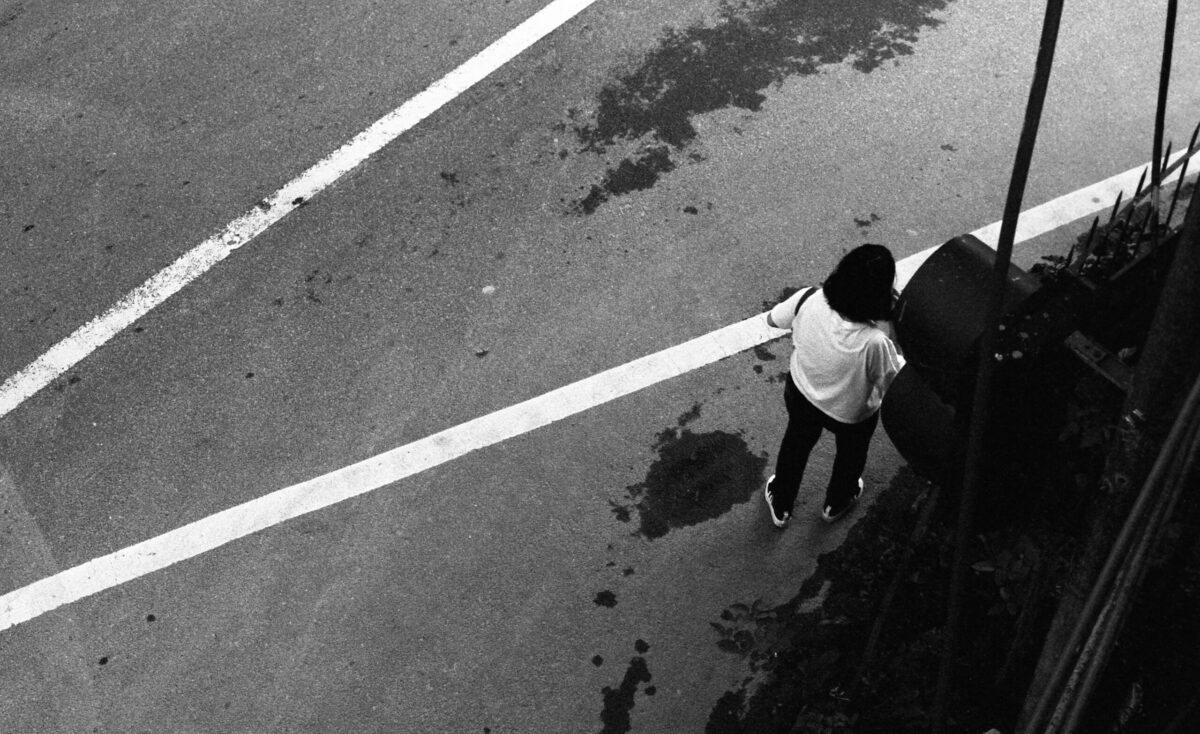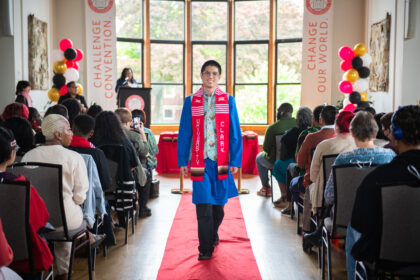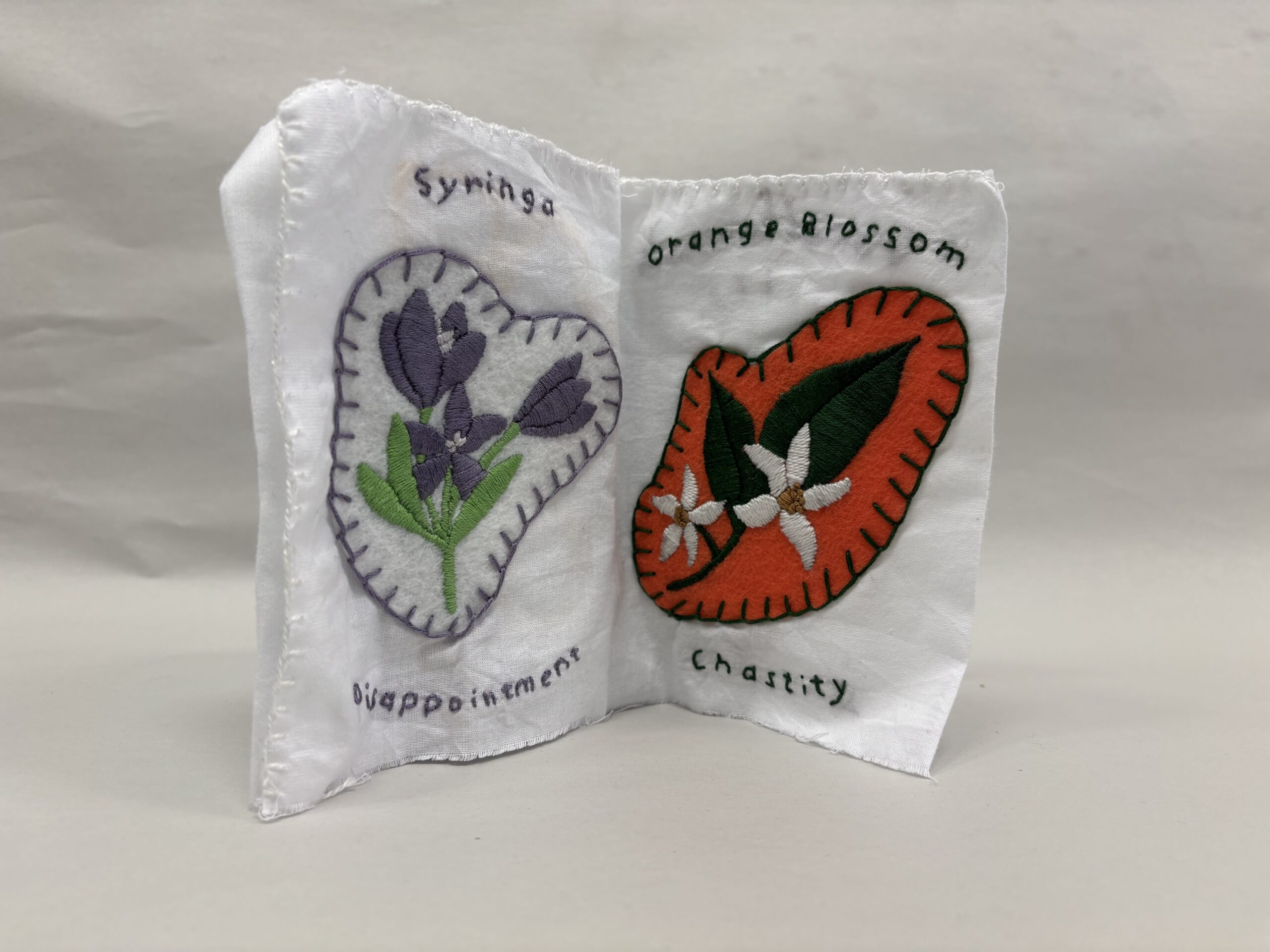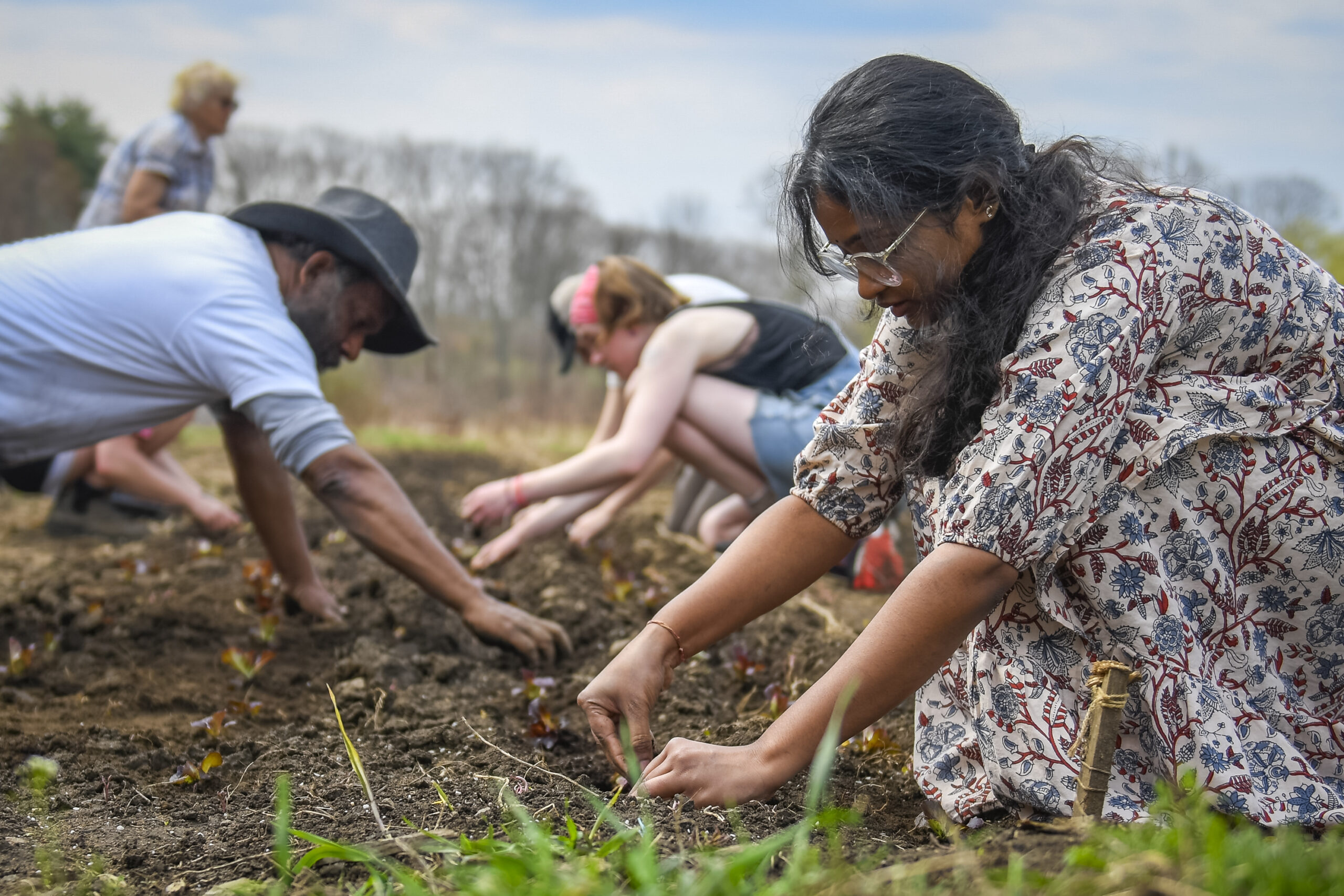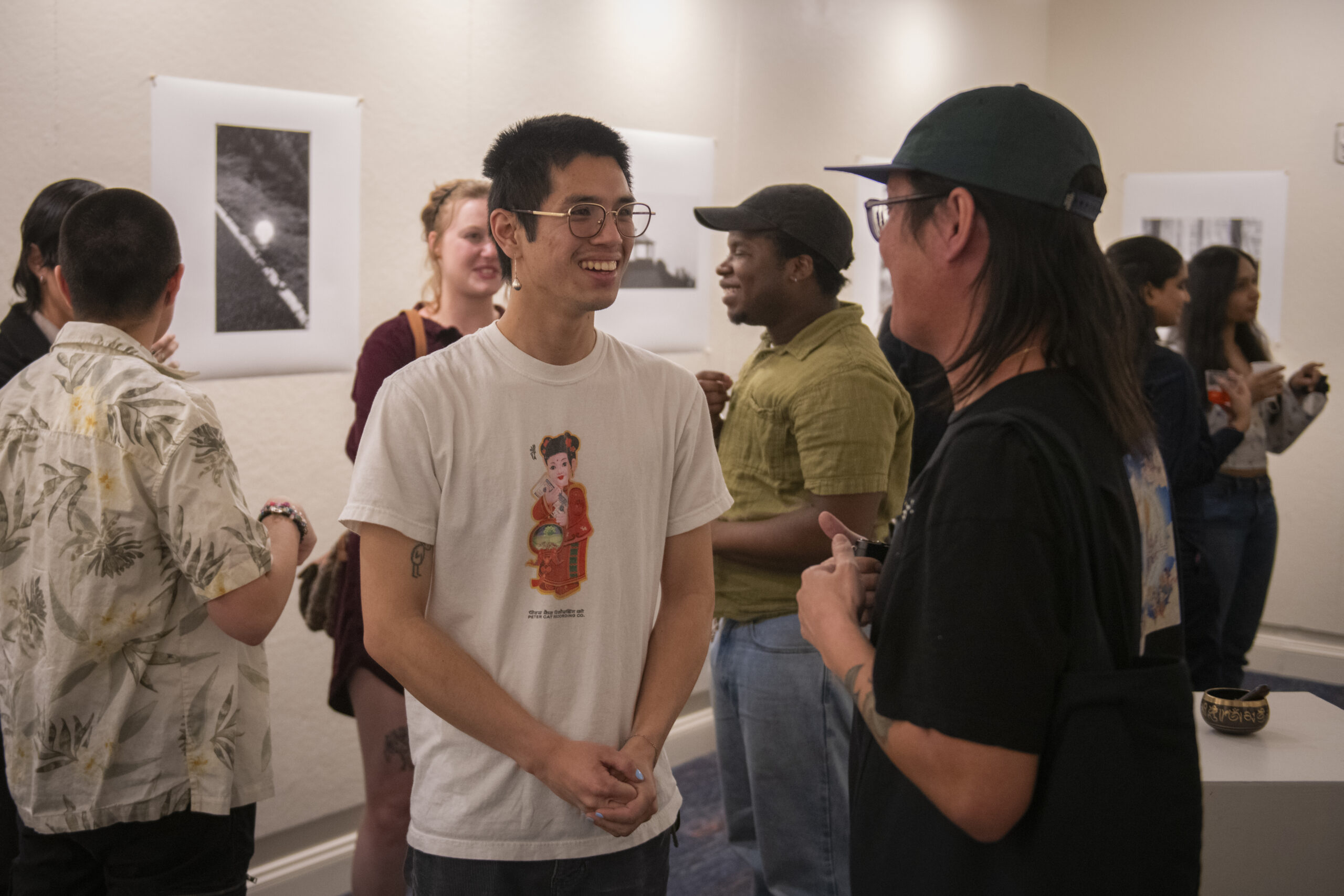Through photographs, Steinbrecher Fellow revisits their roots

With a camera in hand, Gyani Pradhan Wong Ah Sui ’24 feels a magnetic pull to unassuming objects on the street — a discarded takeout box or a tangle of fallen wires. Carefully positioning a 35-millimeter camera, Pradhan Wong Ah Sui gives inanimate objects a personality.
“When I have my camera with me, I try to let go of preconceived notions or the idea of seeing for seeing’s sake — not interpreting everything before me and assigning a label or meaning to it,” the screen studies major says. “If I walk by a tree and see it as a shape, or focus on the light bouncing off it, it’s a different way of experiencing the world around me. It’s more fragmented and less conscious.”
It’s through this lens that Pradhan Wong Ah Sui has been revisiting the concept of “home.” The recent graduate hails from Mauritius, an island nation on the Indian Ocean, and Sikkim, a Himalayan state nestled in northeast India. In 2017, Pradhan Wong Ah Sui left India to attend high school in the United States and has been here since. Physical distance has morphed into emotional distance, warping their perception of home.
To reflect on this evolving emotional dynamic, Pradhan Wong Ah Sui spent summer 2023 exploring Sikkim with a film camera, a project that was funded by the Steinbrecher Fellowship Program. They returned to Worcester with a collection of 700 photos to develop and scan, with a plan to publish a self-written and designed photobook.
“My goal is to understand home through a new lens, to forge a new interpretation of my own sense of belonging and familiarity, and, by extension, make Sikkimese people more visible,” they say.
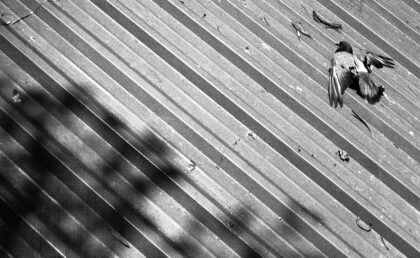
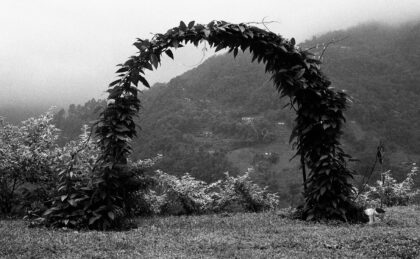

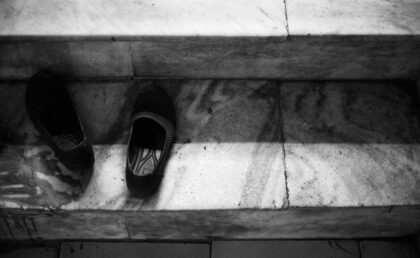
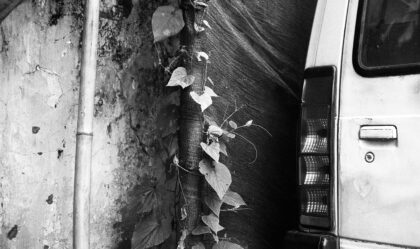
Pradhan Wong Ah Sui ’24 tells the story of summer in Sikkim in black and white images, where bright foliage loses its luster. Lacking bold colors, the work becomes an intense study of light, shapes, and movement.
“The way I was photographing these objects felt very desolate and lonely in a sense that almost reflected my internal sense of being lost or estranged or even untethered from home,” says Pradhan Wong Ah Sui.
 Summer is monsoon season in India, and witnessing the deluge was an introspective experience.
Summer is monsoon season in India, and witnessing the deluge was an introspective experience.
“Light passes through water and distorts it in a really interesting way, but also causes reflection and refraction,” Pradhan Wong Ah Sui says. “I feel like there is that layer between me and home now — it didn’t used to exist as much. It’s almost personifying that sense of distance between me and my sense of home.”
A photographer typically uses a fixed ISO when shooting film — a lower ISO value means less sensitivity to light. Pradhan Wong Ah Sui underexposed all the film, letting less light into the camera and compensating by developing the images for longer stretches. The result was photos with more grain and contrast.
The stray dogs that wander Sikkim streets are a fixture in Pradhan Wong Ah Sui’s photos. Viewers’ eyes also are drawn to tiled floors, cracked concrete, and mazes of leafy vines.
 “Compared to the U.S., Sikkim, is disorganized in a way that I love. Things are just unpredictable,” they say. “There’s always some kind of disarray on the ground, like cobblestone or something sticking out underneath. It has a lot of character, which made me super interested in trying to find patterns.”
“Compared to the U.S., Sikkim, is disorganized in a way that I love. Things are just unpredictable,” they say. “There’s always some kind of disarray on the ground, like cobblestone or something sticking out underneath. It has a lot of character, which made me super interested in trying to find patterns.”
The project was inspired by a creative writing class, Using Hybrid Forms to Explore Race, Gender, and Sexuality taught by English Professor Mandy Gutmann-Gonzalez, which challenged students to examine prose that did not fit neatly into one genre. For one assignment, Pradhan Wong Ah Sui wrote a screenplay constructed as if it were a poem. Another assignment infused visual collage with the written word. The work resonated, and Pradhan Wong Ah Sui began to imagine a story built around photos from home.
“I didn’t expect photography to be a way that I reconnected with my home seven years after leaving, but it’s given me a non-verbal way to express how I feel about it,” they say. “Art permeates everything.”



